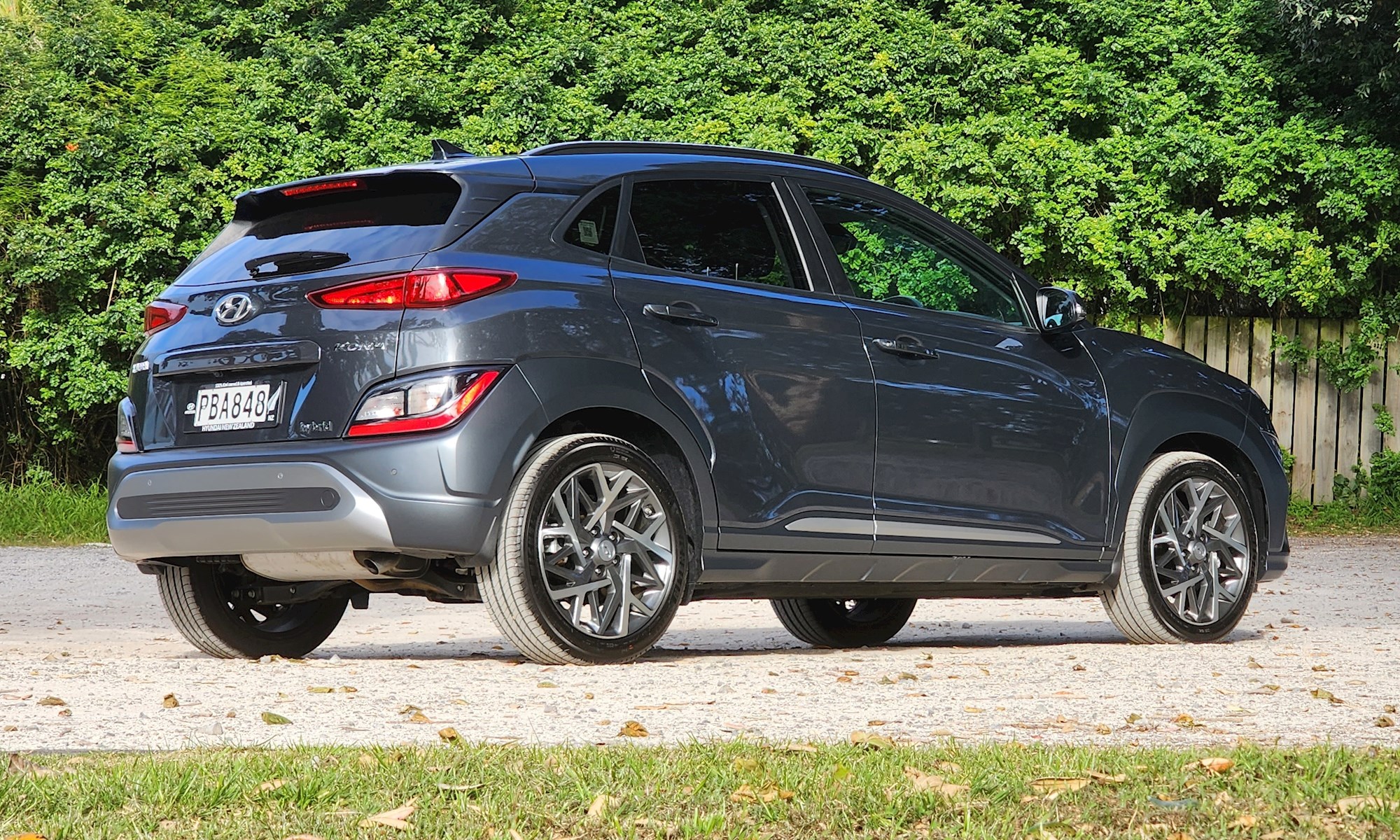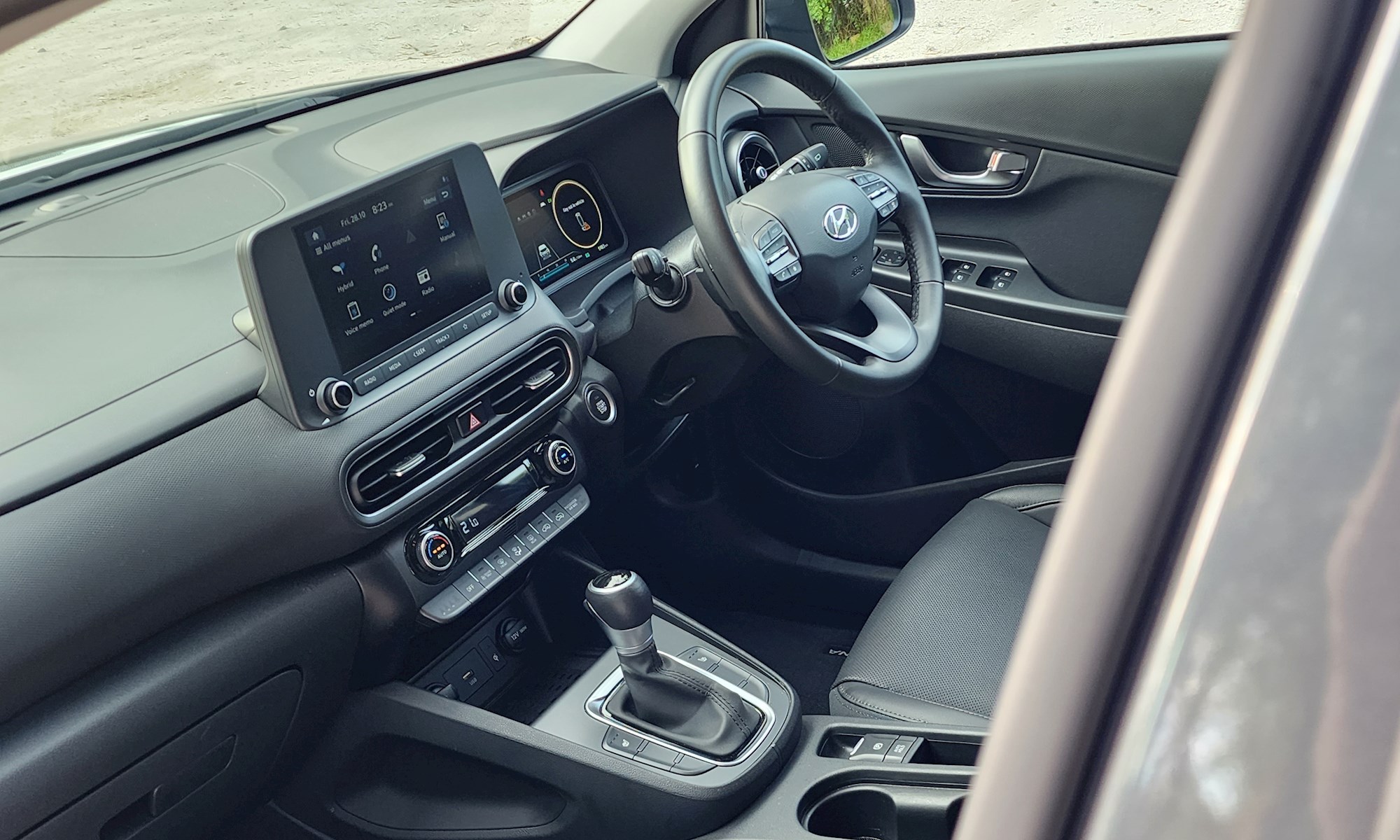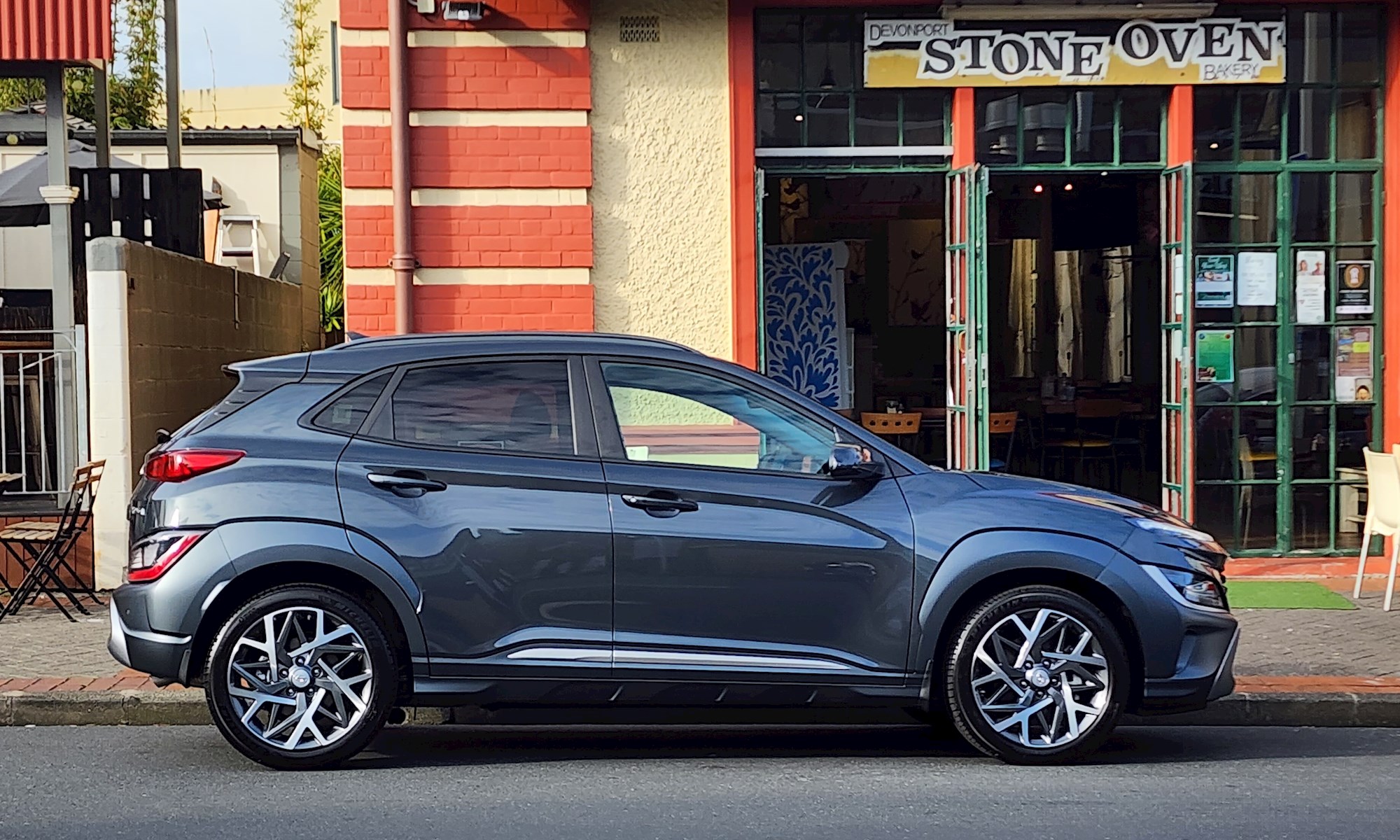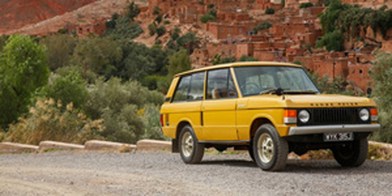Toyota has dominated the hybrid electrified vehicle (HEV) segment for a long time in New Zealand. It’s taken two decades and a government Clean Car Discount programme, but other mainstream makers are now slowly, surely getting in on the act.
Meet the new Hyundai Kona Hybrid Series II. You’ll know the Kona from its petrol and battery electric vehicle (BEV) incarnations; this is a new powertrain for the model that’s electrified... but not a plug-in.

It’s also a creative use of the parts bin (not that there’s anything wrong with that). Hyundai’s Ioniq hybrid (not the new Ioniq 5, which is a different thing altogether) was conceived as a Toyota Prius clone, but now that petrol-electric technology is very much in the mainstream, Hyundai has simply taken the Ioniq powertrain and popped it into the Kona: a 1.6-litre direct-injection petrol engine with an electric motor fed by a 1.56kWh battery, which is charged either by regeneration during braking/coasting, or by the petrol powerplant.
So just like a Toyota Yaris Cross Hybrid. Or Toyota C-HR Hybrid.
It’s an appealing combination of a well-proven and popular compact-SUV with well-proven and popular electrified technology.
It’s no performance hybrid, with a modest 104kW/265Nm (combined). But there’s quite a bit of driver appeal in the little Kona because the hybrid setup works seamlessly and it has a proper dual-clutch gearbox, instead of the continuously variable technology favoured by most hybrid makers.
There’s not much else you need to worry about if you’re new to electrified technology, because the car just gets on with the business of driving. It’s arguably even simpler than its Toyota rivals; it doesn’t even have a pushbutton “EV mode” that allows you to prioritise electric operation, because it does that anyway. So do Toyotas for that matter.

You do get a near-duplicate of the fuel gauge on the other side of the main instrument panel that’s actually a battery meter. Curiously, it never showed any more than half-charge during our week with the Kona, but the car itself was running on electric power often in urban driving. As often seems to be the case with hybrids, it pretty much settled on an average fuel consumption figure and stayed there regardless of the driving conditions: 5.0l/100km on test, so not too far off the official Clean Car 3P-WLTP figure of 4.4l/100km.
The rest of the package is familiar Kona: quirky on the outside and functional-but-conventional on the inside. Our test car was the top Elite model, which gets leather upholstery, power/heated front seats and a few other trinkets. Well-equipped, although the interior architecture is pretty downbeat for a $52k car (okay, a $49k car with the Clean Car Discount). And don’t forget, this a compact-SUV that’s on the small side of compact: rear-seat space is modest and the boot is a very shallow 374 litres.
The price is really where it’s hardest to put the Kona Hybrid in context with the rest of the range. It's less powerful than the much cheaper 2.0 Elite ($40k) and more expensive than the $45,490 1.6T Elite, which serves up 146kW and has the addition of AWD.

But the Hybrid Elite has the cred of that “hybrid” badge (that’s really a thing these days), way more economical than either of the above and with the potential $3418 Clean Car rebate, is “just” $3k more expensive than the 1.6T in real-world terms. Guess it depends how much prestige you attach to eco-tech.
It's still a relatively costly petrol-electric compact-SUV, but a good-to-drive one that ticks yet another box in Hyundai NZ’s remarkably comprehensive suite of Kona powertrains.
HYUNDAI KONA HYBRID ELITE SERIES II
ENGINE: 1.6-litre petrol four with hybrid system including 1.56kWh lithium-ion polymer battery
POWER: 104kW/265Nm (combined)
GEARBOX: 6-speed automated dual-clutch, FWD
CONSUMPTION: 4.4/100km, CO2 101g/km (3P-WLTP)
PRICE: $51,990 (potential Clean Car Discount $3418)













